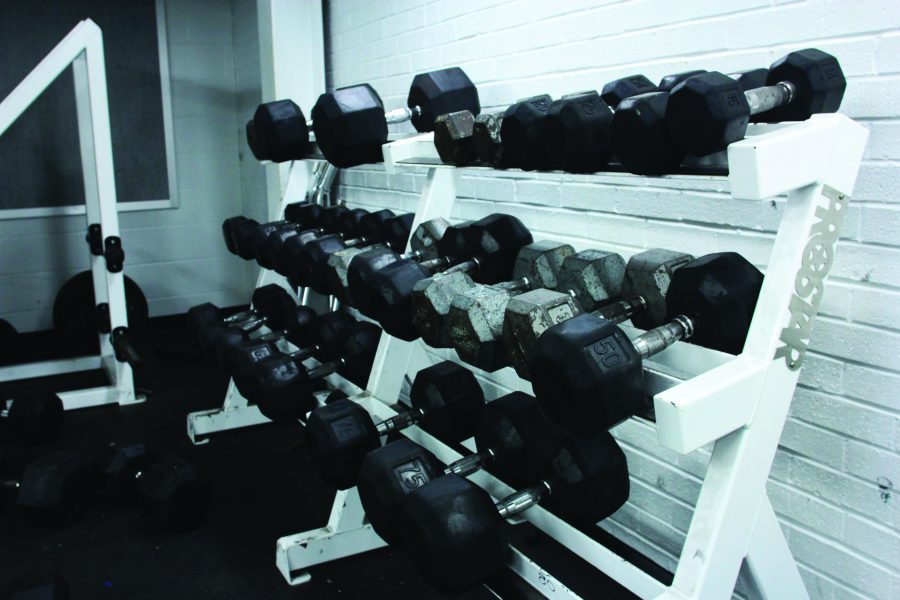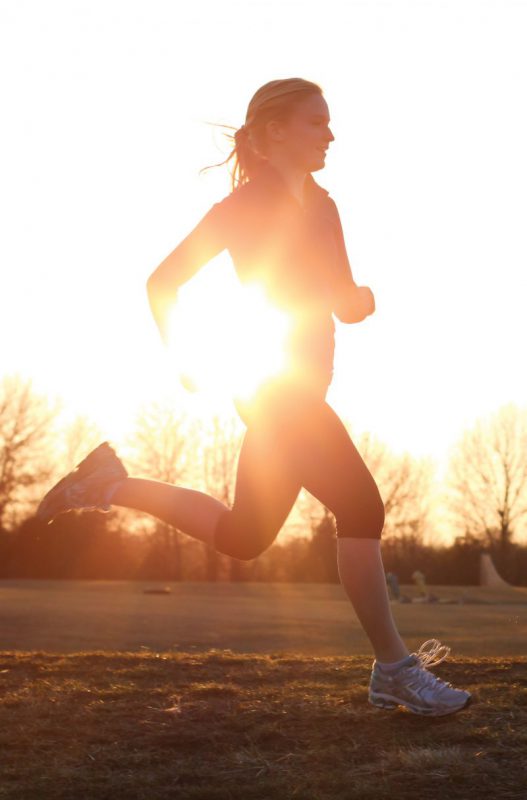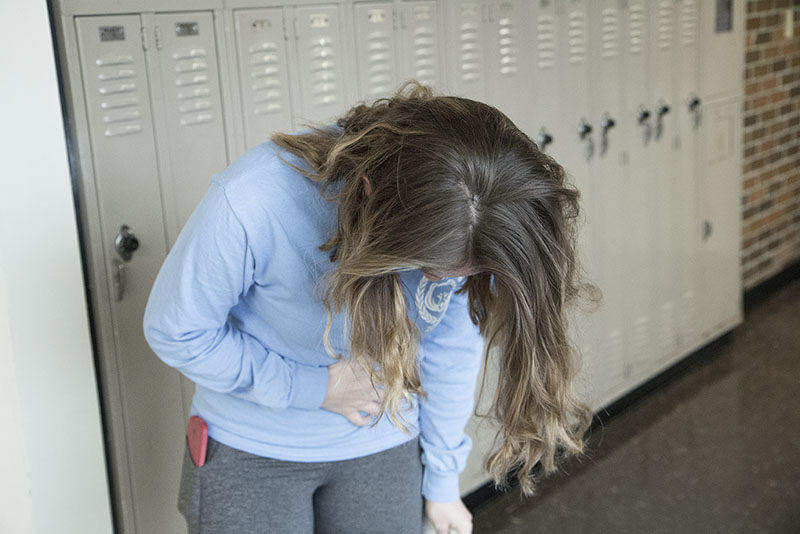[dropcap]W[/dropcap]hen junior Braden Hopkins walked through the doors of the Connective Health Massage Therapy building on 2401 Bernadette Drive, he couldn’t wait to receive his first cupping treatment on Jan.1, 2018, and he couldn’t have been more pleased with the results with the traditional cupping technique.
For Hopkins, the procedure gave him a chance to start this year anew and free of muscle tension.
“The [procedure] was great [because] I didn’t experience any pain from the cupping itself,” Hopkins said. “[The pain] was from the massage, [since] that was pushing on my sore muscles.”
While Hopkins is a member of the boys’ swim team, he didn’t specifically go through cupping therapy to help him improve in swimming. In his own words, Hopkins said the $70 procedure helped loosen up his muscles.
Cupping therapy is a medical technique that has become quite popular since it appeared to the American public through Olympic swimmer Michael Phelps. Phelps, who competed in the 2016 Summer Olympic Games in Rio de Janeiro, appeared to have dark spots all over his back, which is one of the common effects of cupping.
While cupping gained popularity in the past few years, it is actually an ancient method of medical acupuncture that has been around for thousands of years. According to medicinenet.com the traditional practice began in China and tries to stimulate the movement of chi, or the “free flow of vital energy circulating through the body.”
For Dr. Amy Satterfield, cupping has helped many of her patients achieve relief from muscle pain and tightness. Dr. Satterfield is a licensed acupuncturist in Liberty, Mo., who started offering cupping therapy in 2008. She offers two variations of this treatment to her clients.
“Cupping is included when receiving an acupuncture treatment at no [additional] charge,” Dr. Satterfield said. “When combined with acupuncture, [our] patients [receive] about 10 minutes of cupping.”
Since offering cupping treatment at her practice, Dr. Satterfield said many patients have loved the treatment and request it regularly. Depending on each treatment, Dr. Satterfield offers a variety of treatment options to her patients.
“There are different types of cups depending on the treatment given,” Dr. Satterfield said. “I normally use rubber cups, which are squeezed to create a suction. For this type of cupping only cups and massage oil are used. [Meanwhile], traditional cupping uses glass cups, massage oil, cotton balls, hemastates and a flame. This is a much more involved cupping session.”
Often times, the warmed glass cups set along the back, neck or shoulders of the patient. The procedure usually ends when the cups come off the patient’s back through by lifting one edge of the cup. This allows oxygen inside the cup and breaks the seal and vacuum.
At Dr. Satterfield’s practice, 30 minutes of cupping costs $50 and involves a five-minute setup time. On average, it takes 45 minutes for Dr. Satterfield and her staff to clean up after the treatment because the cups are sanitized for 30 minutes each after use.
“Cupping is most commonly used for the treatment of pain, [so] patients [experience] less pain, and their muscles are relaxed,” Dr. Satterfield said. “Cupping also has a positive effect on the lungs [as it] can be used to help clear congested lungs and sinuses.”
Despite the great positives of cupping, it doesn’t come without its drawbacks. Dr. Satterfield points out that patients can still experience pain after therapy if they don’t follow certain steps after treatment.
“Sometimes if patients don’t hydrate well after a treatment their pain may be worse,” Dr. Satterfield said. “Cupping can [also] cause what looks like a bruise, but it usually doesn’t hurt unless the cupping was done too long. I [also] wouldn’t recommend cupping on children under eight or anyone taking blood thinners. A good review of symptoms and current medications is needed to evaluate if someone is a good candidate for cupping.”
[quote]“Cupping also has a positive effect on the lungs [as it] can be used to help clear congested lungs and sinuses,” Dr. Satterfield said. [/quote]
Although cupping has its fair share of risks, Satterfield still highly recommends the treatment for people experiencing muscle pain or stiffness. She said everyone can benefit from cupping, especially if they have any type of pain. Either way, Hopkins remains willing to continue taking cupping therapy despite the potential dangers.
“The only drawbacks I can see from cupping is drawing attention to yourself, but if you don’t mind it, [then] it’s not really a drawback.” Hopkins said. “I don’t mind the back spots; I’ve kind of gotten used to them. [In fact], I’ve recommended cupping to a lot of my friends and teammates. I think it helped me recover a ton.”
Categories:
Cupping treatment offers unique solution for muscle pain, tension
April 30, 2018
0


















































































